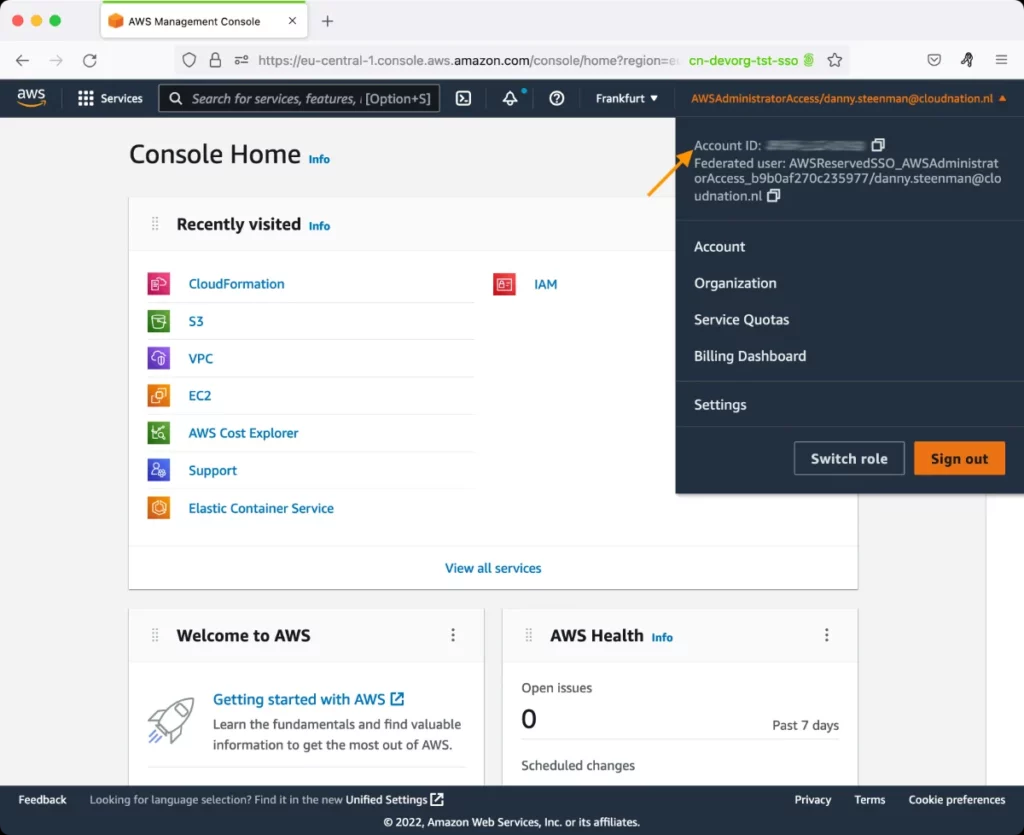AWS Service Usage by Region Test
Use this test to receive an overview of the instances launched and services (EBS and RDS) used by a configured AWS user account in a monitored region. Understanding how many instances of a service are utilized by an account will help you to bill that user accordingly.
Target of the test: Amazon Region
Agent deploying the test: A remote agent
Output of the test: One set ofresults for the AWS account configured for monitoring
| Parameter | Description |
|---|---|
|
Test Period |
How often should the test be executed. |
|
Host |
The host for which the test is to be configured. |
|
Access Type |
eG Enterprise monitors the AWS cloud using AWS API. By default, the eG agent accesses the AWS API using a valid AWS account ID, which is assigned a special role that is specifically created for monitoring purposes. Accordingly, the Access Type parameter is set to Role by default. Furthermore, to enable the eG agent to use this default access approach, you will have to configure the eG tests with a valid AWS Account ID to Monitor and the special AWS Role Name you created for monitoring purposes.
Some AWS cloud environments however, may not support the role-based approach Note that the Secret option may not be ideal when monitoring high-security cloud environments. This is because, such environments may issue a security mandate, which would require administrators to change the Access Key and Secret Key, often. Because of the dynamicity of the key-based approach, Amazon recommends the Role-based approach for accessing the AWS API. |
|
AWS Account ID to Monitor |
This parameter appears only when the Access Type parameter is set to Role. Specify the AWS Account ID that the eG agent should use for connecting and making requests to the AWS API. To determine your AWS Account ID, follow the steps below:
|
|
AWS Role Name |
This parameter appears when the Access Type parameter is set to Role. Specify the name of the role that you have specifically created on the AWS cloud for monitoring purposes. The eG agent uses this role and the configured Account ID to connect to the AWS Cloud and pull the required metrics. To know how to create such a role, refer to Creating a New Role. |
|
AWS Access Key, AWS Secret Key, Confirm AWS Access Key, Confirm AWS Secret Key |
These parameters appear only when the Access Type parameter is set to Secret.To monitor an Amazon cloud instance using the Secret approach, the eG agent has to be configured with the access key and secret key of a user with a valid AWS account. For this purpose, we recommend that you create a special user on the AWS cloud, obtain the access and secret keys of this user, and configure this test with these keys. The procedure for this has been detailed in the Obtaining an Access key and Secret key topic. Make sure you reconfirm the access and secret keys you provide here by retyping it in the corresponding Confirm text boxes. |
|
Proxy Host and Proxy Port |
In some environments, all communication with the AWS cloud and its regions could be routed through a proxy server. In such environments, you should make sure that the eG agent connects to the cloud via the proxy server and collects metrics. To enable metrics collection via a proxy, specify the IP address of the proxy server and the port at which the server listens against the Proxy Host and Proxy Port parameters. By default, these parameters are set to none , indicating that the eG agent is not configured to communicate via a proxy, by default. |
|
Proxy User Name, Proxy Password, and Confirm Password |
If the proxy server requires authentication, then, specify a valid proxy user name and password in the proxy user name and proxy password parameters, respectively. Then, confirm the password by retyping it in the CONFIRM PASSWORD text box. By default, these parameters are set to none, indicating that the proxy sever does not require authentication by default. |
|
Proxy Domain and Proxy Workstation |
If a Windows NTLM proxy is to be configured for use, then additionally, you will have to configure the Windows domain name and the Windows workstation name required for the same against the proxy domain and proxy workstation parameters. If the environment does not support a Windows NTLM proxy, set these parameters to none. |
|
Exclude Region |
Here, you can provide a comma-separated list of region names or patterns of region names that you do not want to monitor. For instance, to exclude regions with names that contain 'east' and 'west' from monitoring, your specification should be: *east*,*west* |
|
Detailed Diagnosis |
To make diagnosis more efficient and accurate, the eG Enterprise embeds an optional detailed diagnostic capability. With this capability, the eG agents can be configured to run detailed, more elaborate tests as and when specific problems are detected. To enable the detailed diagnosis capability of this test for a particular server, choose the On option. To disable the capability, click on the Off option. The option to selectively enable/disable the detailed diagnosis capability will be available only if the following conditions are fulfilled:
|
Measures reported by the test:
| Measurement | Description | Measurement Unit | Interpretation |
|---|---|---|---|
|
EC2 instances |
Indicates the total number of instances currently available for the configured AWS user account in the monitored region. |
Number |
Use the detailed diagnosis of this measure to know which are the available instances. |
|
EC2 instances powered on |
Indicates the total number of instances that are currently powered-on for the configured AWS user account in the monitored region. |
Number |
Use the detailed diagnosis of this measure to know the names of the powered-on instances. |
|
EBS volumes |
Indicates the total number of EBS volumes currently available for the configured AWS user account in the monitored region. |
Number |
Use the detailed diagnosis of this measure to know which volumes are available for use presently. |
|
RDS instances |
Indicates the total number of RDS instances that are configured for the AWS user account in the monitored region. |
Number |
Use the detailed diagnosis of this measure to know the details of all RDS instances configured for the AWS user account. |
|
RDS instances available |
Indicates the number of instances that are currently powered-on and available for the use of the configured AWS user account in the monitored region. |
Number |
Use the detailed diagnosis of this measure to know the details of all RDS instances that are powered-on and available for the use of the AWS user account. |
The detailed diagnosis of the EC2 instances measure lists the names of all instances available for the configured AWS user account.
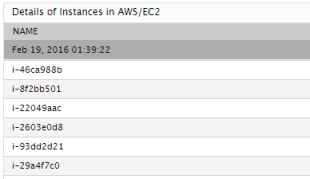
Figure 2 : The detailed diagnosis of the EC2 instances measure
The detailed diagnosis of the EC2 instances powered on measure lists the names of the powered-on instances alone.
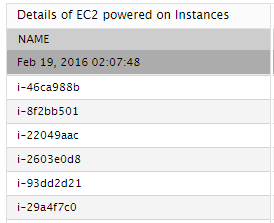
Figure 3 : The detailed diagnosis of the EC2 instances poweredon measure
The detailed diagnosis of the EBS volumes measure displays the names of volumes that are available for use presently.
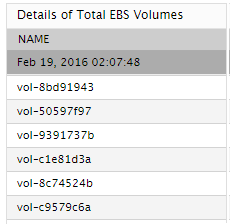
Figure 4 : The detailed diagnosis of the EBS volumes measure
The detailed diagnosis of the RDS instances measure provides the details of all RDS instances configured for the AWS user account.
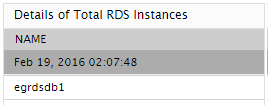
Figure 5 : The detailed diagnosis of the RDS instances measure
The detailed diagnosis of the RDS instances available measure displays the details of the powered-on instances alone.
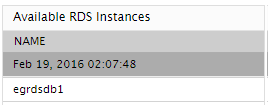
Figure 6 : The detailed diagnosis of the RDS instances available measure
